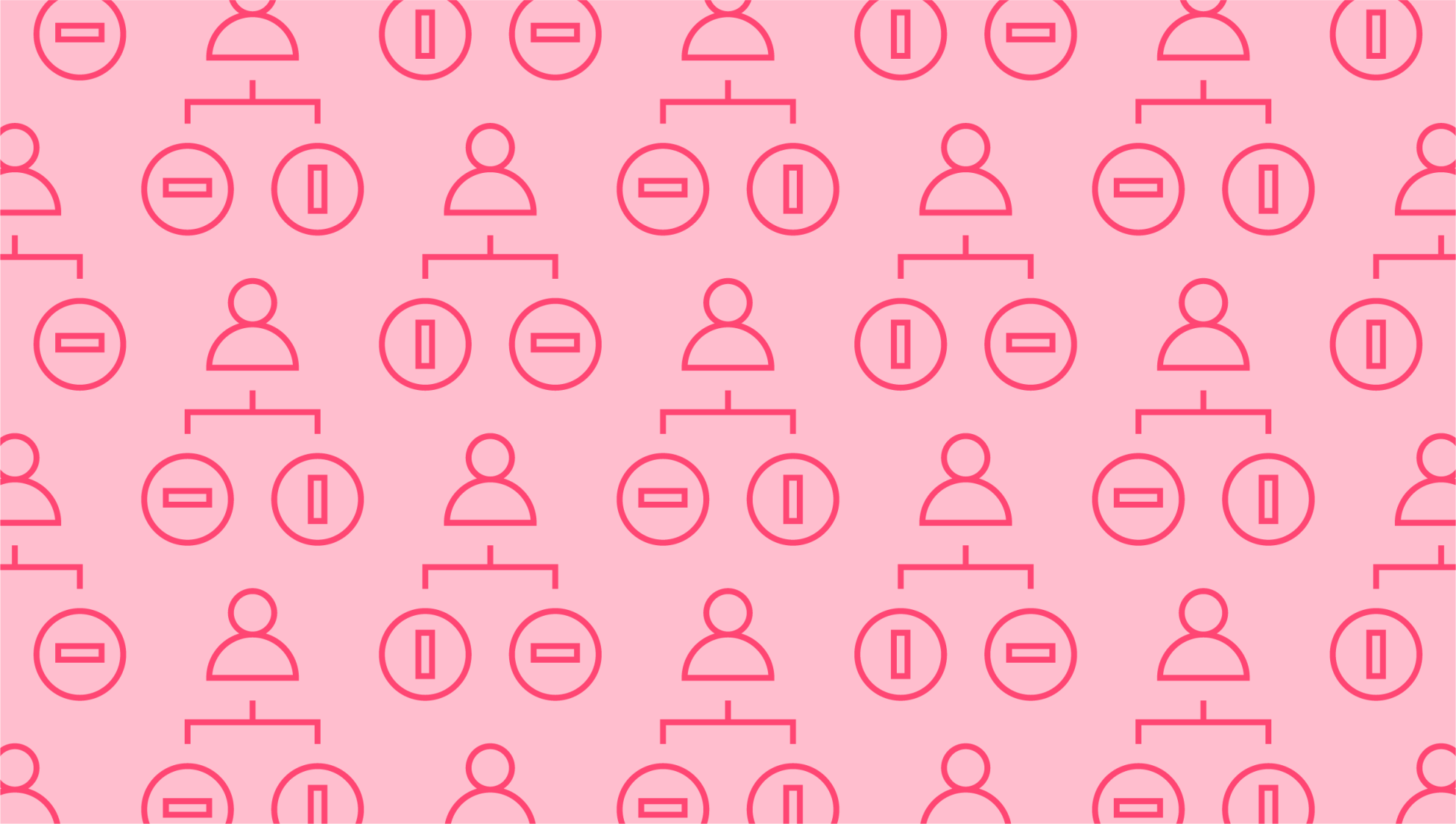Last editedMay 20213 min read
A drop in prices can be a good thing for consumers on the hunt for a bargain, but when it happens uniformly across the economy, it can be a troubling sign. Here’s what you need to know about deflation, including its potential impact on your business.
Understanding deflation
When the price of goods and services drops over time, it’s referred to as a period of deflation. Consumers have more purchasing power, meaning you’re able to buy more products with the same amount of money. By contrast, inflation refers to periods when your money doesn’t go as far due to an increase in prices.
Deflation often goes hand in hand with economic downturn and can even be a sign of a looming recession. When prices start to drop, consumers delay purchases hoping for an even steeper future discount. This, in turn, leads to less revenue for producers, with the knock-on effects of higher interest rates and unemployment.
Inflation vs. deflation
There are several economic indicators used to determine whether the UK is in a period of inflation vs deflation. These include producer price inflation, consumer price inflation, and the House Price Index. By tracking the prices of common goods and services, as well as house prices, economists can note trends between one period and the next. A rise in prices over time indicates inflation, while a drop in prices over time indicates deflation.
Deflation vs. disinflation
Disinflation is another term you might hear bandied about, but it’s different to both inflation and deflation. While deflation describes a real decrease in prices, disinflation is used when inflation rates are only beginning to slow down. The economy might still be in a period of inflation even though the inflation rate has dropped from 5% annually to 3% annually. Because the price is still technically increasing from a baseline of zero, this slowdown wouldn’t qualify as deflation.
Causes of deflation
There are two root causes of deflation:
Growth in supply
Decrease in demand
Both inflation and deflation are caused by an imbalance between the supply and demand relationship. Yet the causes of deflation differ from those of inflation.
There are many reasons why aggregate demand might decline. For example, rising interest rates could cause consumers to avoid borrowing more cash – or spending it. Economic slowdown or political uncertainty can cause consumer confidence to take a hit. When people are worried about the future, they’ll want to save rather than spend, all of which reduces demand.
The second cause is high aggregate supply. If the market’s flooded with more products than can be sold, producers will have to lower their prices as a result. A boost in supply could be due to lower production costs or simply an increase in competition.
Economic effects of deflation
At first glance, a reduction in prices seems like a good thing. However, deflation can actually be worse for the economy than inflation. Here are just a few of the negative effects of deflation:
Higher interest rates: Periods of deflation lead to higher interest rates, which makes it difficult to pay off debt. Both businesses and individual consumers decrease spending as they cope with paying higher debts.
Unemployment: When prices drop because of deflation, company profits fall along with them. If deflation continues for a prolonged period of time, businesses might need to cut costs by making workers redundant.
Production slowdown: There are numerous effects of deflation on production, some of which may seem counterintuitive. Although the cost of production falls during periods of deflation, this causes an increase in supply as a result. Over time, businesses are unable to sell the products they’ve already created, which leads to reduced production.
As you can see, deflation can create a negative feedback loop which is why it’s so damaging to the economy. Inflation might involve higher prices and less purchasing power, but at the same time, interest rates drop which allows debtors to pay their bills and borrow more. A small amount of inflation is a sign of a healthy economy, but deflation indicates that there is trouble on the way.
How to cope with deflation
If deflation is bad news, how can you protect your business during times of falling prices? Here are a few tips.
Debt will be more expensive due to higher interest rates, so avoid borrowing more than you need to.
Put your money into low-risk government bonds or cash investments.
Avoid investing in the stock market or in real estate when prices are falling. Wait until the market has bottomed out.
The bottom line is that the economy is cyclical, and deflation will turn itself around eventually. Until then, proceed with caution whether you’re producing or investing.
We can help
GoCardless helps you automate payment collection, cutting down on the amount of admin your team needs to deal with when chasing invoices. Find out how GoCardless can help you with ad hoc payments or recurring payments.
